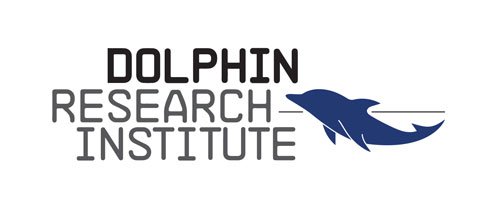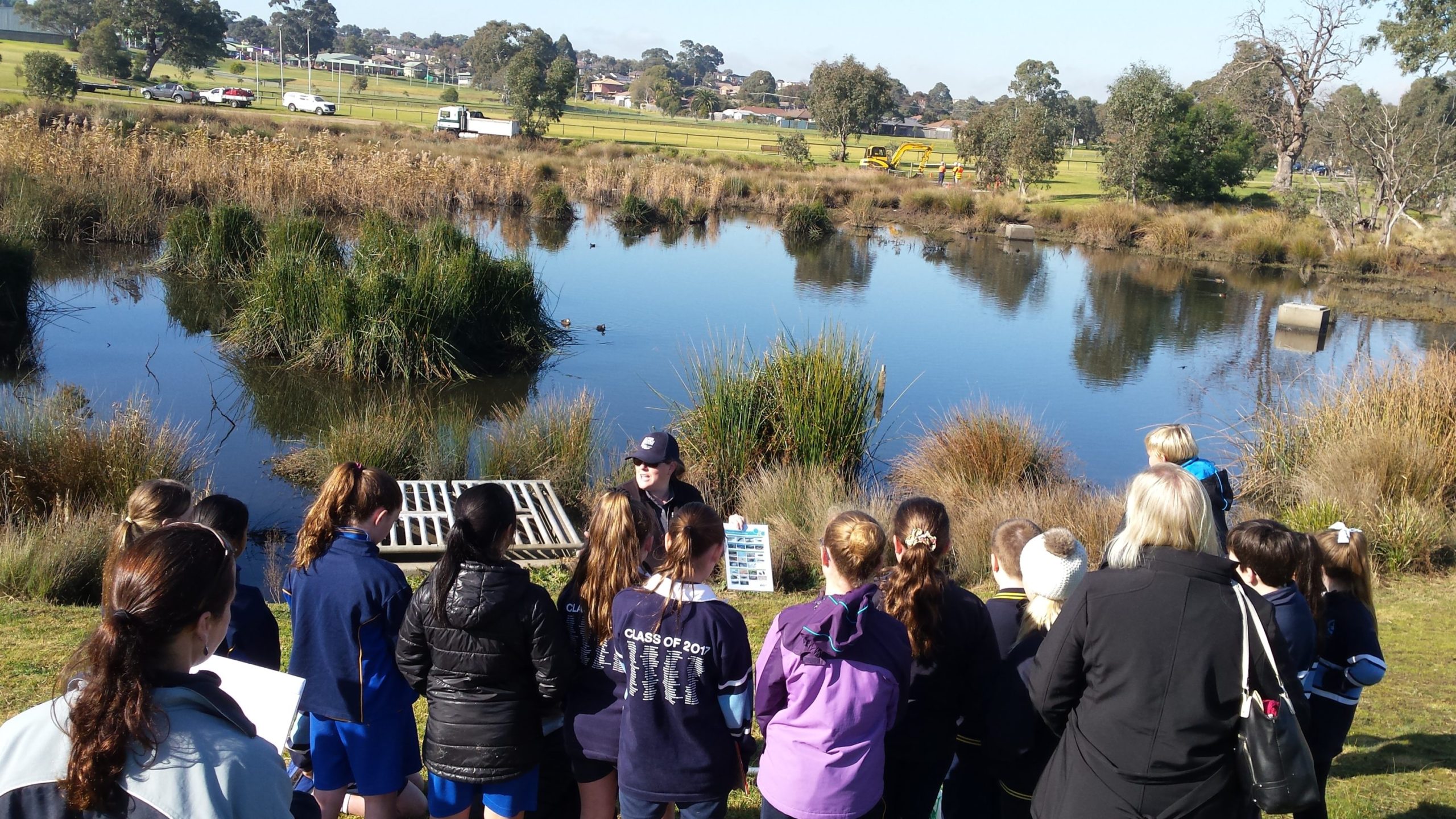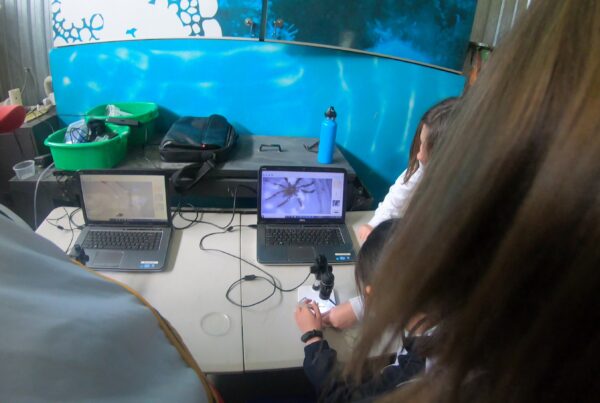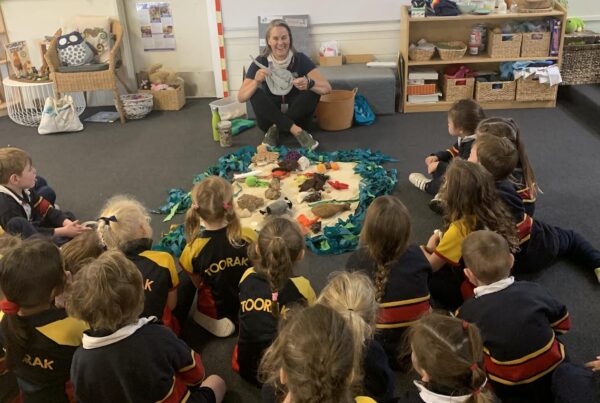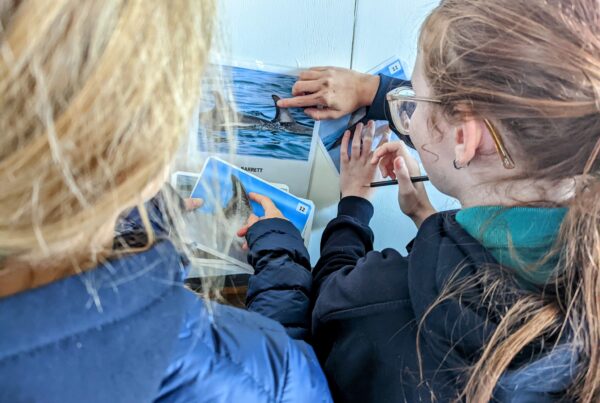The first meeting point for Melbourne ‘i sea, i care’ Ambassadors was at Banyan Reserve in Carrum Downs. Due to numbers, this workshop was carried out over two days – August 1st and the other on the 29th. Beginning our day in the reserve, Ambassadors made their way to one of the huge drain openings, investigating the amount and variety of litter that makes its way from suburban streets to the litter traps. These litter traps are huge grates that act to filter out large pieces of litter including plastic bottles, plastic bags, containers, dog-poo bags and a large amount of leaf litter and green waste. Although these traps can gather larger, more visible pieces of rubbish which are ultimately collected and removed by Melbourne Water, unfortunately much of the litter that makes its way through these drains is too small to be collected and continues through pipelines, either being collected further down the line (hopefully) or making its way into our bays. Approximately 95% of the litter we find on our beaches comes from suburban streets – making its way there through stormwater drains.
From this experience, Ambassadors were then taken to the wetlands where the wonderful crew from Melbourne Water spoke about the costs and maintenance involved with collecting and removing litter from the 4000 litter traps connected to stormwater drains across Victoria. The crew then emptied two litter traps, showing Ambassadors what a month of debris build-up looks and smells like.
The mid-morning was spent observing how water-quality testing is carried out and discussing why it is important to record and maintain healthy waterways. Many of the macro-invertebrates that live in our wetlands, pipelines and waterways are very sensitive to change in water quality including that due to illegal dumping, heavy rainfall, debris build-up and so on. If the environment of these macro-invertebrates is damaged, a cascading effect is likely to result on the environment and life of other species in both waterways and our bays.
Towards the afternoon, the Ambassadors ended up at Frankston beach to conduct litter audits of recently washed-up litter at different points (tide line, mid-beach and top of the beach). Including litter that was visible at the surface, Ambassadors discovered that much of the litter and smaller pieces of plastic found came from beneath the surface, indicating that litter from suburban streets washes up on our beaches on a regular basis including litter such as cigarette butts, plastic/metal bottle caps and even random items such as clothing and footwear. After producing a tally of the amount and type of litter being found, Ambassadors rolled up their sleeves and got stuck into a beach clean-up. Using tongs and bio-degradable bags, Ambassadors managed to fill 8-10 bags full of litter in 15 minutes!
To finish off the day, ISIC ambassadors walked along Kananook Creek towards two floating litter traps that are a final attempt to collect floating debris before it makes its way into our bays. On August 1st, these litter traps were quite full, containing balls, clothing, footwear, food scraps and litter debris. As a result of the food scraps, birds were found hobbling over the litter, sifting through the waste in search of food. The day of the second session (29th), these traps were close to empty, a sign that the crew from Melbourne Water had recently been down to collect and remove litter from the traps.
Big thanks to teachers and parents who support the Ambassadors, driving them from A to B and allowing these days to run smoothly. Thank you to the crew from Melbourne Water as well for working hand-in-hand and sharing your knowledge and expertise on stormwater pollution and Melbourne’s waterways.
